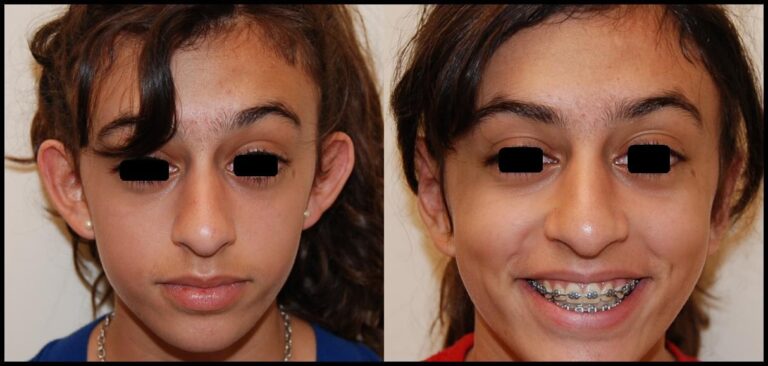Ear reshaping / Otoplasty
About Otoplasty
Otoplasty involves correction of mal-shaped ears, mainly prominent ears. Prominent ears or malshaped ears are not only cosmetically disfiguring but also have psychological ramifications. Therefore, early correction of the deformity is beneficial.Otoplastycan improve the shape, position or proportion of the ear. Ear surgery creates a natural shape, while bringing balance and proportion to the ears and face. Correction of even minor deformities can have profound benefits to appearance and self-esteem.
How is Otoplasty performed?
Recovery
You will be advised to rest with your head elevated and to apply cold compresses to minimize swelling. You need to protect your ears and may be advised to use headbands to hold the ears back for approximately a month after surgery. Stitches are generally removed after 7 days.
With the ear permanently positioned closer to the head, surgical scars are well hidden behind the ear.
Possible risks
The potential risks include:
- Bleeding (hematoma)
- Asymmetry
- Infection
- Poor wound healing
- Change in skin sensation
- Skin contour irregularities
- Skin discoloration/swelling
- Anesthesia risks
- Unfavorable scarring
- Allergies to tape, suture materials, topical preparations or injected agents.
- Possibility of revision surgery.

